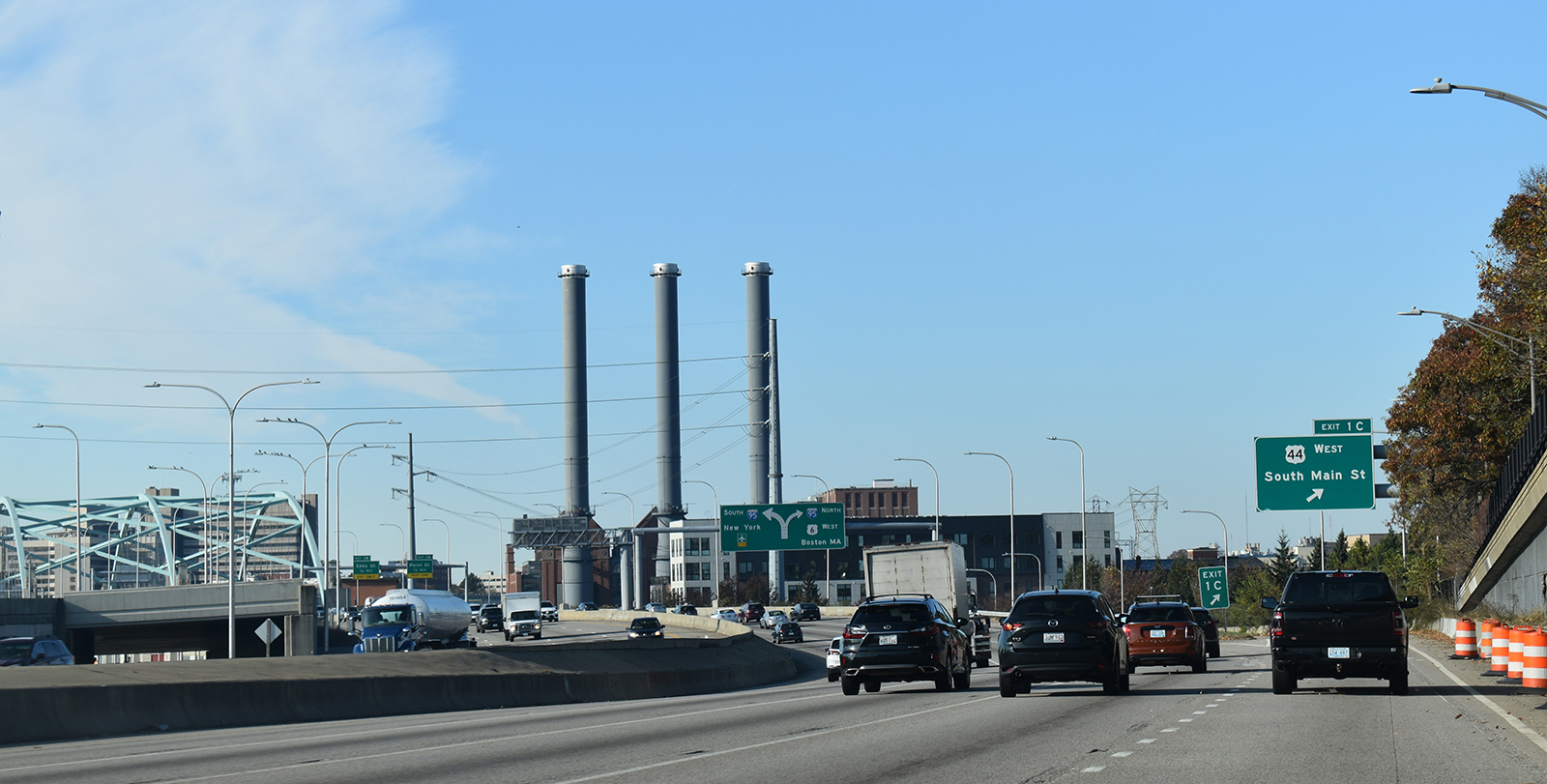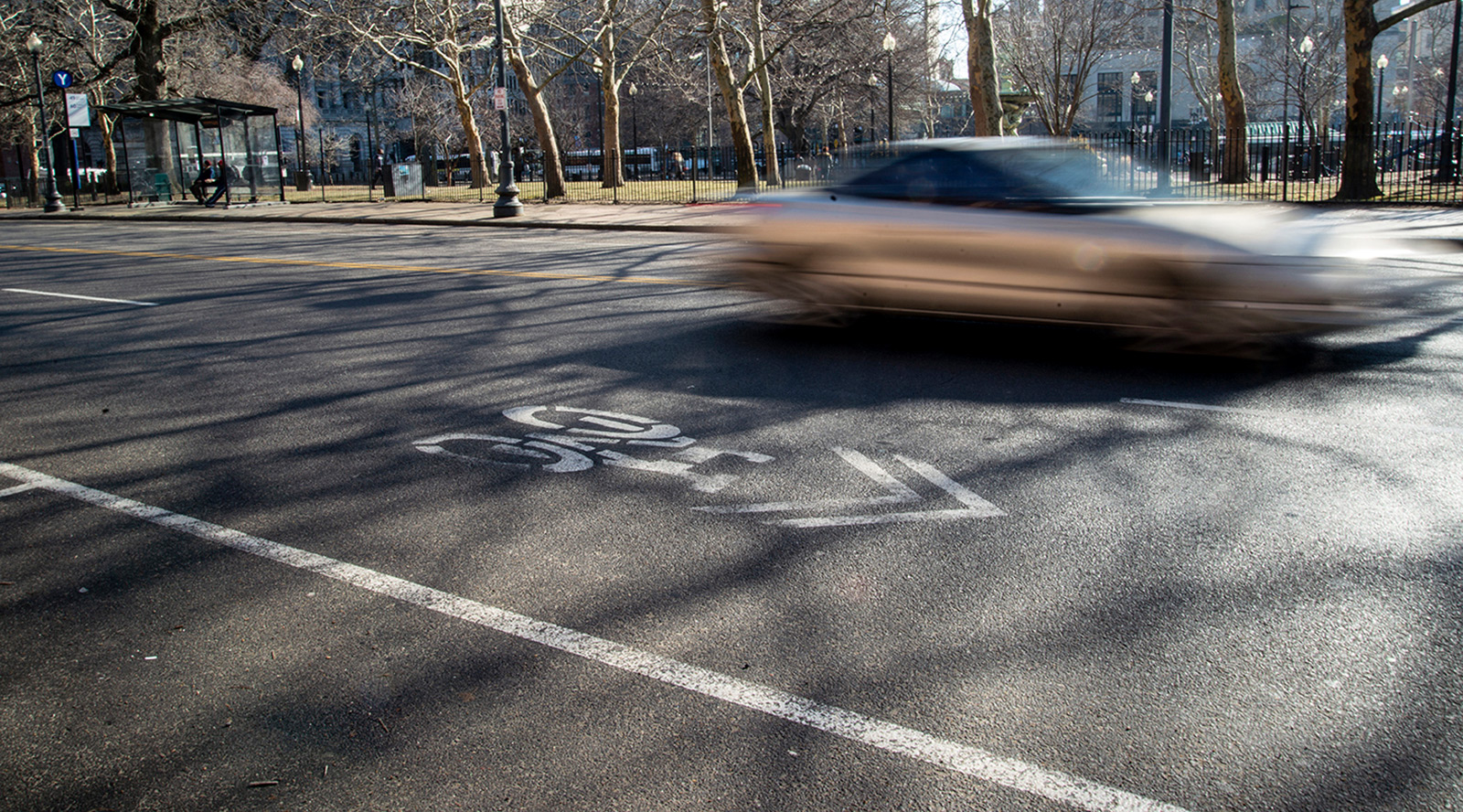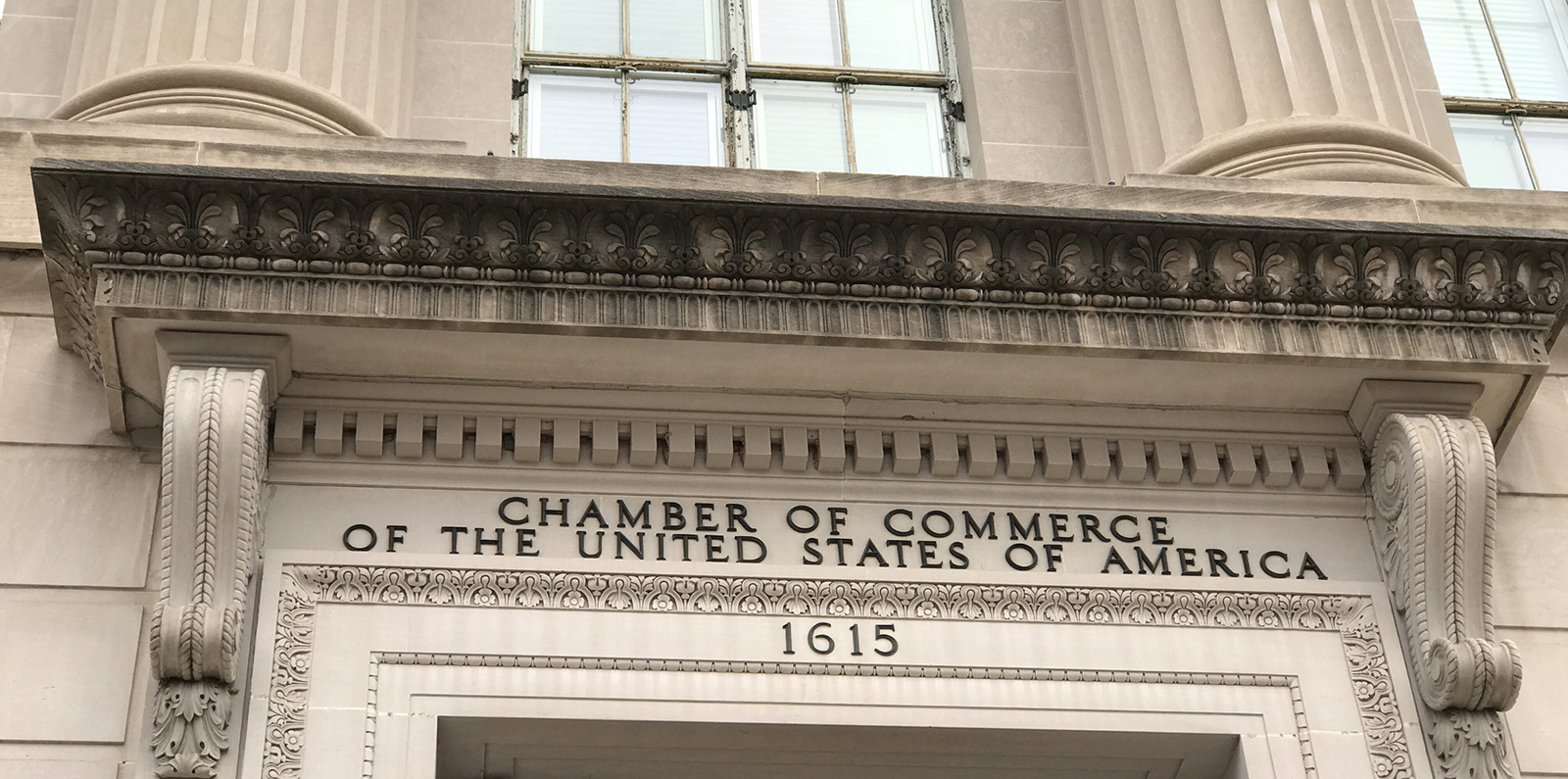Expecting Alviti-Led RIDOT to Reduce Transportation Pollution is Gross Negligence
November 9, 2023
Rhode Island doesn’t have a plan to reduce transportation sector emissions. It has several. Unfortunately, they are all buried in a cyber graveyard. Another is destined to join them shortly.
In less than a week, the Rhode Island Department of Transportation’s final Carbon Reduction Strategy is due to the feds. The agency’s draft plan, which was opened to public comment Oct. 4, is filled with jargon, history, and more highway expansion.
The final plan also will likely include the same well-known, unfunded strategies to reduce climate-changing emissions that Rhode Island has largely ignored for years. It’s not likely to include ideas from the public, because that would mean agency leadership cared enough to actually read those comments and suggestions. (RIDOT accepted public comments through Nov. 3, 12 days and two weekends before the document was due to the Federal Highway Administration.)
Nothing in Peter Alviti Jr.’s eight-plus-year reign as RIDOT director indicates he considers reducing transportation sector emissions a priority. He doesn’t seem to care what the public, municipal officials, or even other state agencies think about the problem. He spits in the eye of the climate crisis by spending millions widening highways in hopes of cutting commute times by minutes. He doesn’t recognize bike lanes and pedestrian paths as legitimate transit options. He dismisses those who disagree with his 20th-century approach to transportation.
He hints at withholding RIDOT funding to partner organizations if they go public with concerns or criticism. He considers the Transit Master Plan and the Bicycle Mobility Plan, two comprehensive documents created to improve public transit and social equity and reduce greenhouse gas emissions, nothing more than wish lists.
He cares so much about what the public thinks that he downplayed the toxicity of contaminated fill illegally dumped at 6/10 Connector construction sites near homes in Providence’s Olneyville neighborhood. (The attorney general’s office eventually charged an out-of-state construction firm and a former employee with the illegal dumping of thousands of tons of contaminated fill at construction sites being over seen by RIDOT.)
Local transit and climate advocates had urged RIDOT to publish the draft Carbon Reduction Strategy (CRS) earlier, noting the development of the plan should represent a critical step in reducing the amount of greenhouse gases produced by the state’s largest source of carbon emissions. The transportation sector is responsible for nearly 40% of the climate-changing pollution spewed locally.
In this era of sea level rise, melting glaciers, ocean acidification, prolonged drought, frequent flooding, record-breaking heat waves, and an increasing amount of atmospheric carbon, departments of transportation must be more than caretakers of roads and bridges. The emergency we are in demands more than oiling our antiquated car culture. Organized labor can also be appeased by building infrastructure that doesn’t cater to internal combustion engines.
Even as Rhode Island’s transportation pollution mounts — between 2016 and 2019, the sector’s emissions increased by nearly 9% — Alviti, in Mr. Magoo-like fashion, continues to steer the state the wrong way down a one-way street. (The transportation sector’s emissions did decrease slightly in 2020, thanks largely to pandemic lockdowns.)
Mitigating the climate crisis and improving social equity (they are related issues) requires efficient, dependable, and well-funded transit options. Rhode Island continues to fail, miserably, on this account, mostly because the Alviti-led agency in charge of transportation drives inaction.
Much of that blame lies at the feet of the Senate president and the senators, who, in March, reappointed Alviti, the longest-serving state Cabinet member, as RIDOT’s director by a 35-1 vote. Sen. Samuel Bell, D-Providence, was the lone dissenting vote. Two senators were absent when the vote was taken.
The yea Democrats: President Dominick Ruggerio, Jonathon Acosta, Robert Britto, John Burke, Sandra Cano, Frank Ciccone, Alana DiMario, Louis DiPalma, Dawn Euer, Walter Felag, Hanna Gallo, Victoria Gu, Matthew LaMountain, Pamela Lauria, Valarie Lawson, Frank Lombardi, Frank Lombardo, Tiara Mack, Mark McKenney, Joshua Miller, Melissa Murray, Ryan Pearson, Roger Picard, Ana Quezada, Leonidas Raptakis, Susan Sosnowski, David Tikoian, Linda Ujifusa, Bridget Valverde, and Samuel Zurier.
The yea Republicans: Jessica de la Cruz, Anthony DeLuca, Elaine Morgan, Thomas Paolino, and Gordon Rogers.
Those 35 senators — the ones who acknowledge human-caused climate change anyway — should have understood Alviti isn’t the RIDOT director Rhode Island needs at this crucial moment.
Prior to returning Alviti to the position he has held since February 2015, public transit and climate advocates and environmental groups urged the Senate to reject his reappointment, for what they said is his overly car-centric approach to policy. It doesn’t fit with the times.
His critics have noted RIDOT, under Alviti’s leadership, has been narrowly focused on highway expansion while largely ignoring the need for pedestrian and bicycle infrastructure and the needs of public transit. Many have said they would be happy if Alviti actually listened to their ideas.
They had legitimate concerns. They still do.
In 2019, RIDOT attempted to take $37 million from the Transportation Alternatives Program to fund highway projects. Two years later, Alviti threatened to force the city of Providence to repay the federal government some $4 million, in an attempt to get the city to rip up newly installed bicycle infrastructure on South Water Street. (The Federal Highway Administration ignored Alviti’s temper tantrum.)
At an August 2022 gubernatorial debate sponsored by the Environment Council of Rhode Island and focused on climate change, the five challengers agreed that major reforms at RIDOT are needed to transition to a 21st-century transportation system that keeps pace with the needs of residents and workers, the economy, and the environment. A few noted a change in RIDOT leadership could be necessary.
More recently, Rhode Island Attorney General Peter Neronha told The Boston Globe last week he is considering running for governor in 2026, because of his frustration with what he sees as the state’s failure to act with urgency on important issues, including climate change.
He also submitted a comment letter to RIDOT regarding its CRS. Neronha contends the agency’s proposal doesn’t specify how it would reduce carbon emissions, and instead proposes using most of the money for pre-planned highway maintenance projects, under the moniker of “congestion reduction” even as it acknowledged these projects “will not substantially ‘move the needle’ when it comes to carbon reduction.”
“As a lifelong Rhode Islander, I know climate change is already impacting our state’s people and natural environment. It is concerning, to say the least, when I see that RIDOT’s plan for critical federal dollars for carbon reductions fails to meet the moment,” Neronha said. “Rhode Island needs every state agency to use all available federal carbon reduction funds to support coordinated, statewide efforts.”

If the state plans on meeting Act on Climate mandates, reducing transportation sector emissions must be at the center of any carbon-reduction strategy. The 2021 law requires the state to develop a plan to reduce all climate emissions from transportation, buildings and heating, and electricity to 45% below 1990 levels by 2030, 80% below 1990 levels by 2040, and net-zero by 2050.
There’s little to no chance Rhode Island meets those emission mandates if the state’s transportation system isn’t remade. Besides the electrification of cars, buses, and other vehicles, Rhode Island needs to build a system that facilitates less driving and more movement via public transit and active travel, such as bicycling and walking.
The federal government understands this, even if its CRS guidance has been less than robust. The Infrastructure Investment and Jobs Act of 2021 required each state DOT to create a CRS to reduce emissions from the transportation sector.
RIDOT leadership sees the problem but fails to recognize it is them. Ironically, during a Senate Finance Committee confirmation hearing in February, Alviti had this to say about why he should be reappointed:
“The real problem was RIDOT itself. It was using antiquated project delivery methods, there was no sustainable funding for projects or planning for that funding.”
He went on to say he has completely reorganized the agency into a modern project delivery machine. Unfortunately, many of those projects fit better in a different century.
Rhode Island continues to rank toward the bottom in terms of funding for public transit, spending only $18.51 per capita. Connecticut and Massachusetts spend $67.84 and $238.76, respectively.
Alviti wouldn’t commit to whether meeting the 45% reduction mandate in carbon emissions by 2030 would be RIDOT policy, telling the Senate Finance Committee that “I think during the next year or so we’ll be able to bring it into better focus for you.” The committee voted unanimously to recommend his confirmation.
RIDOT’s chief public affairs officer, Charles St. Martin, recently told The Brown Daily Herald that meeting the state’s 2040 and 2050 emission goals are impossible without a significant expansion of current policies and projects.
He said inadequate public transportation infrastructure (he can thank his boss and decades of Statehouse failure) and difficulties in convincing commuters to use that infrastructure (I wonder why) present obstacles in reaching those goals.
“In order to meet the goals set out in the governor’s 2050 emissions reduction plan, you would have to have a major cultural shift and change in the way people move around the state,” he told the student newspaper. “We do not see that happening. Our strategy reflects these realities and puts forth workable solutions in the areas where we can actually implement and make a difference in reducing [greenhouse gases].”
Translation: We’re not even going to try. It’s too hard. Plus, cars rule! (Also, the provisions in 2021’s Act on Climate law are not goals; they are mandates.)
Instead, RIDOT’s strategy to reduce transportation emissions mainly consists of selling the idea that highway expansion is an actual solution. It’s the status quo on steroids.
St. Martin, in an email, told ecoRI News last year that, “Good roads reduce emissions by providing a safer and faster way to get to a destination rather than having vehicles struggle over decaying pavement and unsafe bridges or sit in congestion when a new configuration can relieve that congestion.”
RIDOT leadership must think our staff and readers just graduated from kindergarten.
RIDOT’s old-school transportation mentality is based on the fallacy that more highway lanes reduce congestion. More lanes also don’t reduce emissions in any significant manner, unless RIDOT is talking about express lanes for buses. It is not.
I’ll let some others explain.
“The over-reliance on fossil fuel-powered, individually driven cars is unsustainable, so much so we passed a landmark piece of legislation just last year called the Act on Climate,” Rep. Teresa Tanzi, D-South Kingstown, said during an April 2022 House Finance Committee hearing. “We are legally required to reduce our carbon output in the rapidly approaching years. In order to do so, we will need to heavily invest and rapidly to make that happen.”
She also noted Rhode Island has two “amazing” plans to reduce climate emissions. She was referring to the 3-year-old documents Alviti has called “wish lists.”
Last week 20 Rhode Islanders representing 19 local organizations submitted a public comment for the CRS process. They noted RIDOT strategies don’t meet Act on Climate mandates and fail to invest meaningfully beyond congestion management. They suggested RIDOT make tangible commitments to strategies, such as reducing vehicle miles traveled, and eliminate those that rely on costly highway capacity expansion to reduce congestion, idling, and greenhouse gas emissions. They said RIDOT leadership fails to engage the public on the development and prioritization of carbon-reduction strategies.
“RIDOT’s target to only reduce transportation-related carbon emissions to 2.79 million metric tons per year by 2030 is wildly inadequate and will likely cause the state to miss its critical 2030 target under the Act on Climate,” according to the three-page document. “Despite this, the investments proposed for [CRS] funding do not reflect the scale of emission reduction required to change the status quo.”
One of the document’s signors, Barry Schiller, a longtime transit advocate, noted that if you follow the money in RIDOT’s draft CRS, most of it, some $416 million, goes to three highway-widening projects for routes 295, 146, and 4. Add in the ongoing 6-10 Connector and Interstate 95 North projects and that total is more than $1 billion spent on congestion reduction.
In comparison, Schiller said, “only a pittance is being spent on anything else.”
Timmons Roberts, professor of environmental studies and sociology at Brown University, is another unsatisfied CRS commenter.
“Personally, I looked at it and was appalled,” he wrote in a recent email to ecoRI News. “Their main thrust is spending on highways to ‘reduce congestion,’ which they call reducing emissions. They might actually increase emissions, because of ‘induced demand.’ Mostly, it’s a huge lost opportunity and an abnegation of responsibility to do its fair share in reducing state emissions.”
He noted the RIDOT plan does nothing to address Act on Climate mandates, “except wait for federal programs and the switch to EVs to happen. There’s also huge transparency issues with their plan, which has calculations and rankings based on completely opaque methods.”
In comments submitted to RIDOT, the Providence Urbanist Network calls the draft plan “wholly inadequate to meaningfully reduce emissions, let alone meet the state’s Act on Climate targets.”
“It starts with a lack of ambition, essentially ignoring the state’s critical 2030 target, and follows this up with a lack of a meaningful plan of action,” according to its Nov. 1 letter to Alviti. “These failures are accompanied by questionable claims about the efficacy and cost-effectiveness of existing and planned approaches and an absence of evidence to support RIDOT’s claims.”

RIDOT needs to submit its CRS to the feds by Nov. 15, to receive funding for implementation. Rhode Island is slated to receive nearly $36 million over five years to implement the plan’s recommendations. Overall, Rhode Island is expected to receive $576 million in federal money between 2022 and 2026 to improve its transportation infrastructure.
Alviti’s detractors are concerned, rightfully so, that RIDOT will funnel most of that money to highway expansion and other car-culture projects.
John Flaherty, deputy director of Grow Smart Rhode Island and vice chair of the state’s Transportation Advisory Committee (TAC), recently told me it’s swell that the draft CRS mentions ride- and bike-share programs, Rhode Island-based passenger rail, and other public transit ideas, but he noted there’s no financial commitment to fund them.
Flaherty, one of the 20 signors of the “Climate and Community Advocates Call for More Impactful Strategies and Emission Reductions Analyses in RIDOT’s Carbon Reduction Strategy” document, noted the strategies are “nothing more than words on paper.”
“They can put all the suggestions they want in that document,” Flaherty said, “but until it’s attached to any kind of funding, their suggestions are meaningless. The state needs to commit to making these strategies happen.”
He added TAC is “never consulted on RIDOT projects. That does not happen.”
The emission-reduction strategies outlined in RIDOT’s 57-page draft CRS are ideas state officials have been taking about for years. The strategies have already been listed in one form or another in the many other taxpayer-funded reports commissioned to address the climate crisis. The final CRS will likely be just another report/study state officials will fail to fund or heed.
RIDOT noted the plan’s development process consisted of a “baseline inventory and forecast of transportation GHG emissions, including a sensitivity test for alternative electrification futures” and “consultation with key stakeholders.”
The former is gobbledygook and the latter a misrepresentation of reality. RIDOT doesn’t play well with others.
In June, a rare CRS presentation was given by RIDOT personnel at an Executive Climate Change Coordinating Council (EC4) meeting, but Alviti’s underlings limited the opportunity for discussion by council members and the public. The EC4 has said Rhode Island is not on track to meet the state’s emission-reduction mandates.
Last month, the Coastal Resources Management Council was less than thrilled by the RIDOT officials who showed up at a CRMC meeting to discuss the agency’s plan to replace two East Bay Bike Path bridges that cross the Barrington and Palmer rivers.
Council members were critical of RIDOT’s submitted materials and by the answers given by the agency officials present. Alviti’s employees declined to give the council a presentation of the proposed project. (Alviti originally suggested the bridges not even be repaired because the effort would cost too much money.)
If this were a different time — say the 1960s or ’70s, when the corporations that knew about the dangers of burning fossil fuels hid the information — Alviti would have been an excellent choice for RIDOT director. He’s not now.
What Rhode Island (and the rest of the world) needs now are bold visionaries who see the climate crisis as the emergency that it is.
Rhode Island has the plans. We just need real leadership, and not just at RIDOT.
Note: On page 9 of RIDOT’s draft Carbon Reduction Strategy is this sentence, “The State’s 2021 Act on Climate set GHG targets of 45 percent below 1990 levels by 2030, 90 percent below 1990 levels by 2040, and net zero by 2050.” The Act on Climate law doesn’t have targets; it has mandates. Also, the mandate for 2040 is 80% below 1990 levels, not 90%. Don’t tell RIDOT about the latter.
Frank Carini can be reached at [email protected]. His opinions don’t reflect those of ecoRI News. For a related opinion about transportation emissions and public transit in Rhode Island, click here.




Governor McKee it is time to fire Mr. Alviti. he has repeatedly demonstrated that he does not have the best interest of Rhode lslanders or the planet at heart.
all of this discussion by both frank and barry shiller about bike and walking paths as the semi solution to carbon emissions is admirable but its really not going to do much except improve the quality of what will be mostly recreational use. i know barry bikes from the east side to his job on college hill which must be great. however next wednesday which is a typical field day for me will include site visits in jamestown, coventry, cranston, providence, woonsocket and north attleboro. obviously the better the highway commutes are the more work i accomplish, the less time i m in the car creating emissions, the more money i make and the less aggravated i am.
thus my support of the highway improvements which are being undertaking throughout the state including repaving which goes a long way to limit wear and tear on my vehicle. i obviously can t use public transit nor can a lot of people who are not office bound.
regarding your desire to move to a more public transit oriented society, St Martin is right this is not Boston. if there were surface commuter rails from westerly and woonsocket to providence which were convenient i m sure people would use them as opposed to being in stop and go traffic at rush hour.